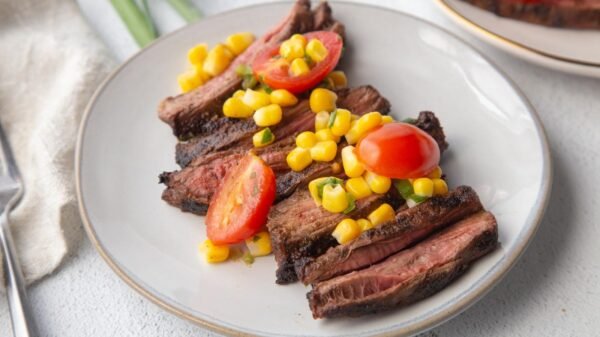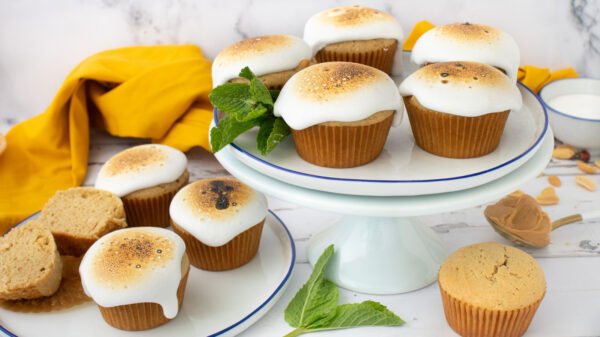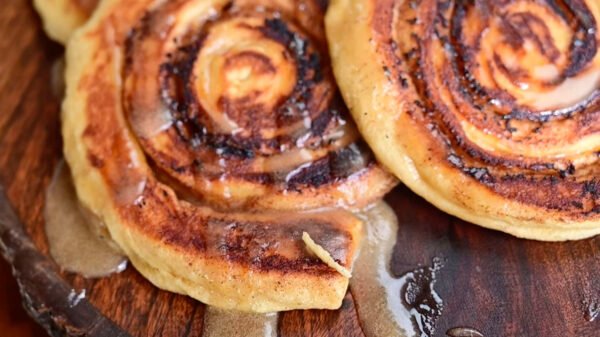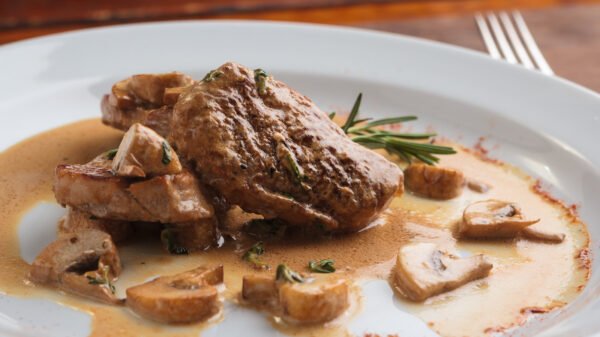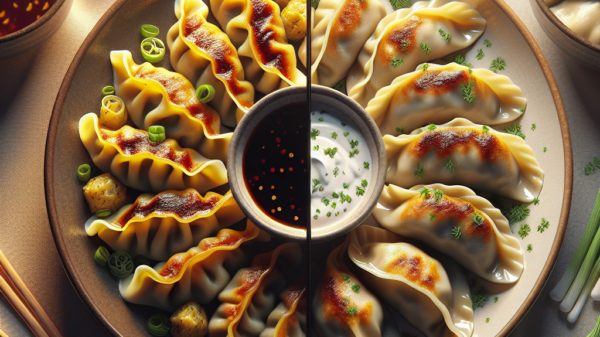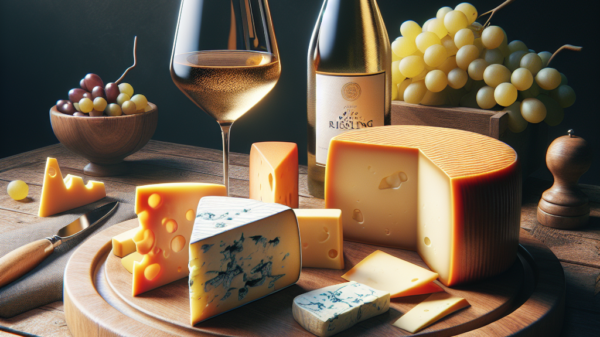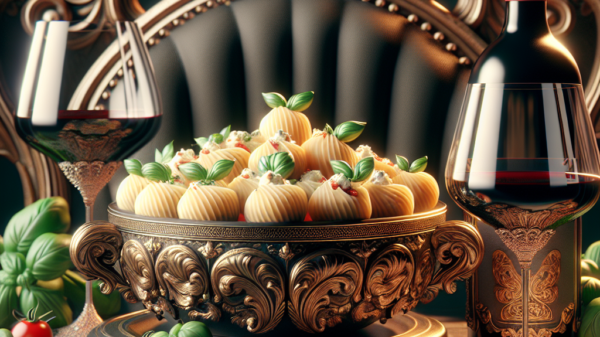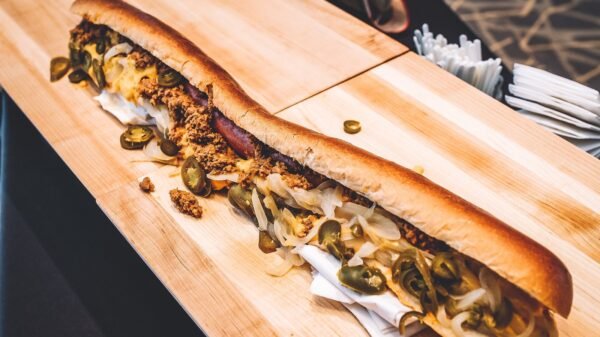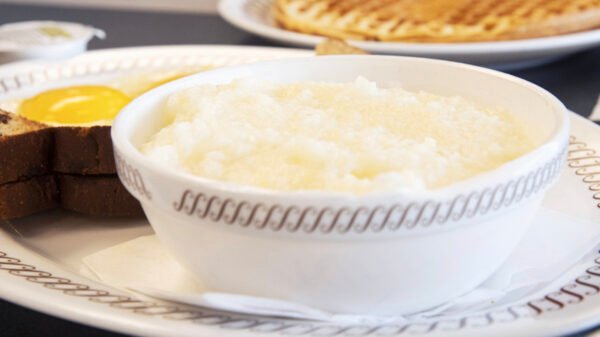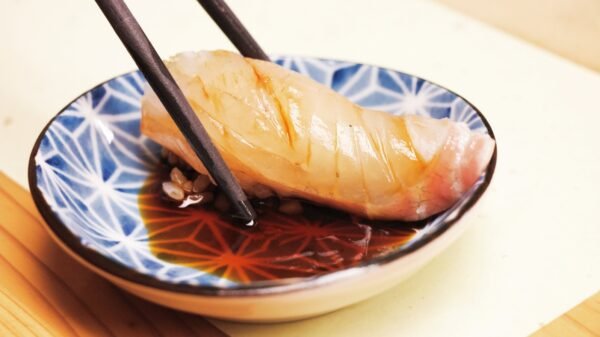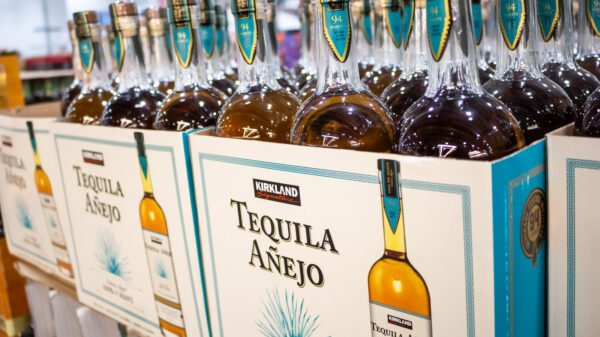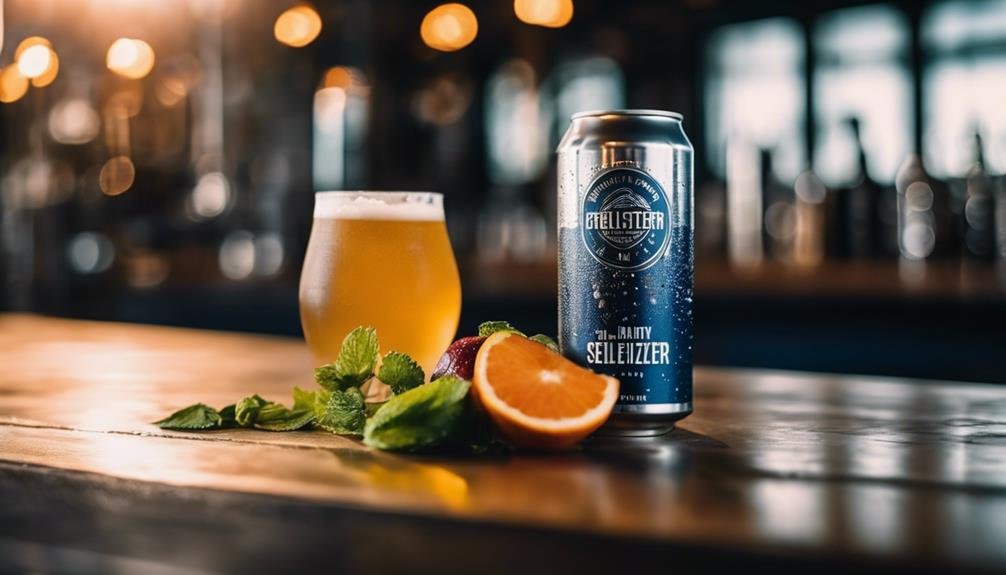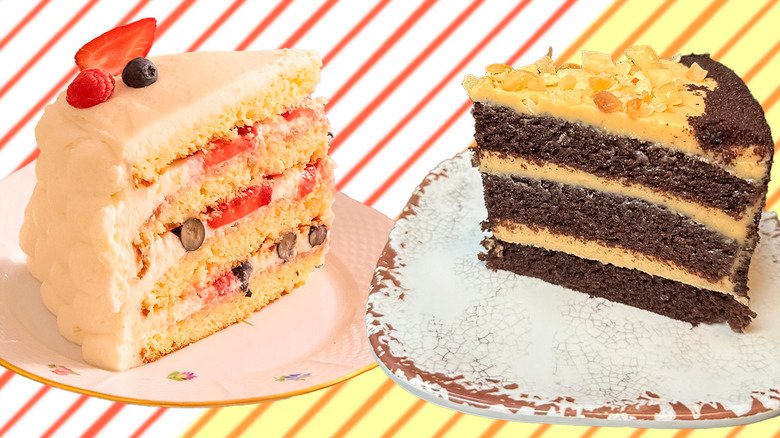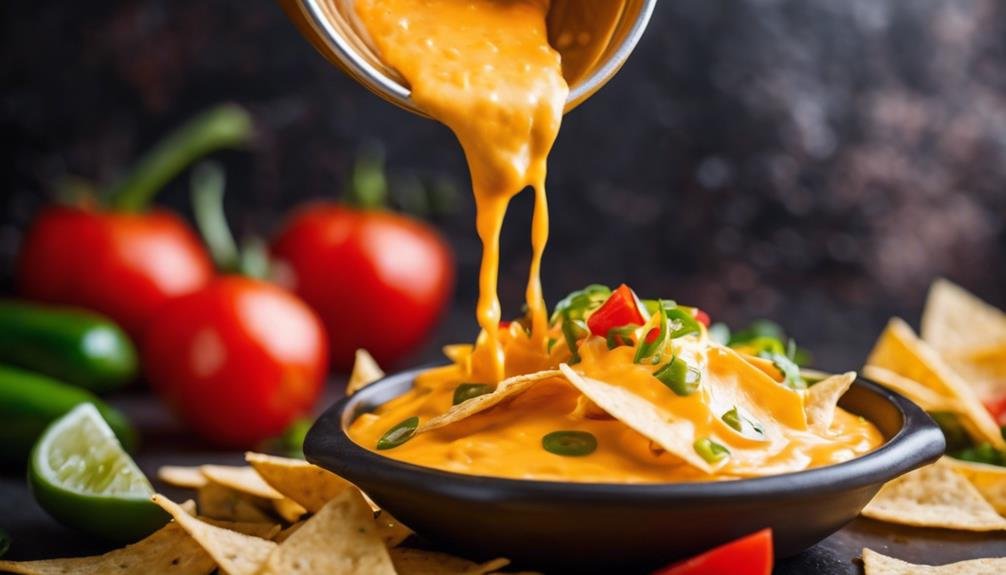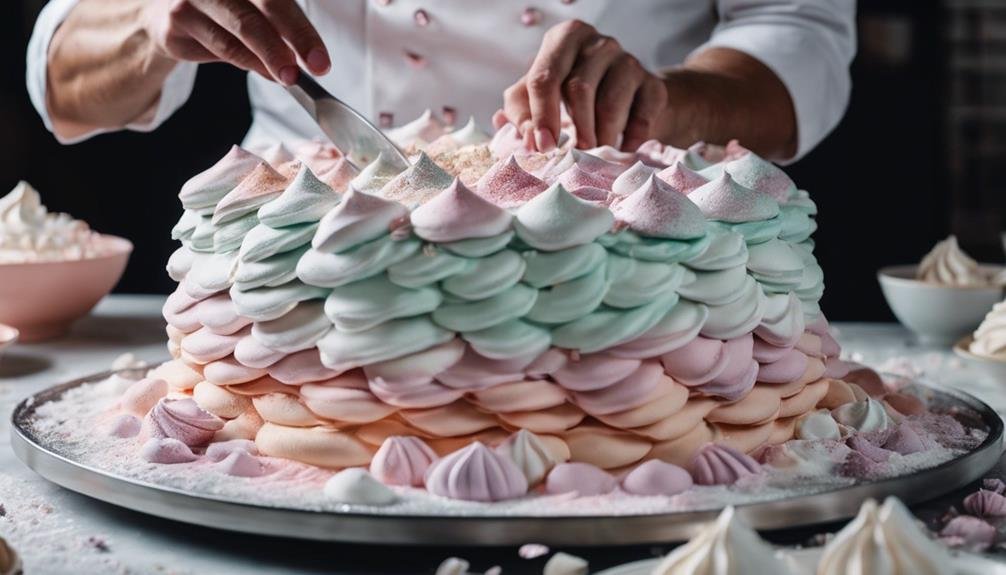Stepping into the world of hard seltzers is akin to opening a vault filled with meticulously crafted potions. You’re on the brink of comprehending how your favored effervescent beverages transform from basic ingredients into complex flavors that dance on your palate.
The adventure begins with the fermentation of sugars sourced from cane or grains, a process that’s both an art and a science, requiring precision and patience. Water, the unsung hero, undergoes rigorous purification to guarantee each sip is as refreshing as intended.
But what sets each brand apart in this booming $18.97 billion industry? Stick around, and you’ll discover the subtle intricacies of alcohol bases and flavoring techniques that define your beloved seltzers.
Hard Seltzers Key Takeaways
- Hard seltzers are crafted using sugar fermentation, filtration, carbonation, and flavoring.
- Distilled or reverse osmosis water ensures a neutral taste and high product quality.
- Alcohol bases vary, with brands using gluten-free alcohol, vodka, fermented sugar, or real tequila.
- Flavor profiles differ across brands, influenced by the choice of alcohol base and added ingredients like fruit flavors, lime juice, or salt.
The Fermentation Journey
At the heart of every favorite hard seltzer lies the fermentation adventure, where sugars, often sourced from cane sugar, transform into the alcohol that gives these beverages their kick. This yeast fermentation process isn’t just routine; it’s a carefully calibrated dance where yeast cells consume sugar and exuberantly churn out alcohol and carbon dioxide. But here’s the kicker: the magic of fermentation doesn’t stop at just creating alcohol. It’s also where the subtle nuances of flavor development begin to unfold.
Temperature control is pivotal in steering the yeast’s activity and ensuring the alcohol content hits just the right mark. Too hot, and you’re looking at a wild, uncontrollable fermentation. It’s too cool, and the yeast mightn’t wake up for the party. This delicate balance guarantees your hard seltzer has that crisp, refreshing taste you crave.
Crafting a hard seltzer with consistent taste profiles demands a deep understanding of the fermentation adventure. It’s about harnessing the natural tendencies of yeast and guiding it toward producing a beverage that’s as free-spirited and delightful as the moments you’ll share sipping on it.
Water’s Purity Factor
Water’s purity is fundamental in crafting your favorite hard seltzer, serving as the backbone for a clean, flavor-forward profile. When you crack open a can of hard seltzer, you’re not just tasting the fruit essences or the carbonation; you’re experiencing the result of meticulously purified water. This isn’t just any water—it’s been through rigorous water treatment processes to ensure that what you’re drinking is as pure as possible.
Water’s purity isn’t left to chance in the path of hard seltzer production. Here’s why:
- Taste Clarity: Purified water guarantees the flavors you love shine through without any off-tastes.
- Consistency: High-quality water sources provide a stable base for every batch.
- Safety: Water treatment processes remove contaminants that could compromise your seltzer’s safety.
- Experience: The water’s purity improves your drinking experience, always delivering a crisp and refreshing finish.
Crafters of your beloved hard seltzer understand that the liberty to enjoy life’s moments comes with a commitment to quality, starting with the water used. Next time you sip your favorite seltzer, remember the science and dedication behind every bubble, made possible by purified water’s critical role in hard seltzer production.
Alcohol Base Varieties
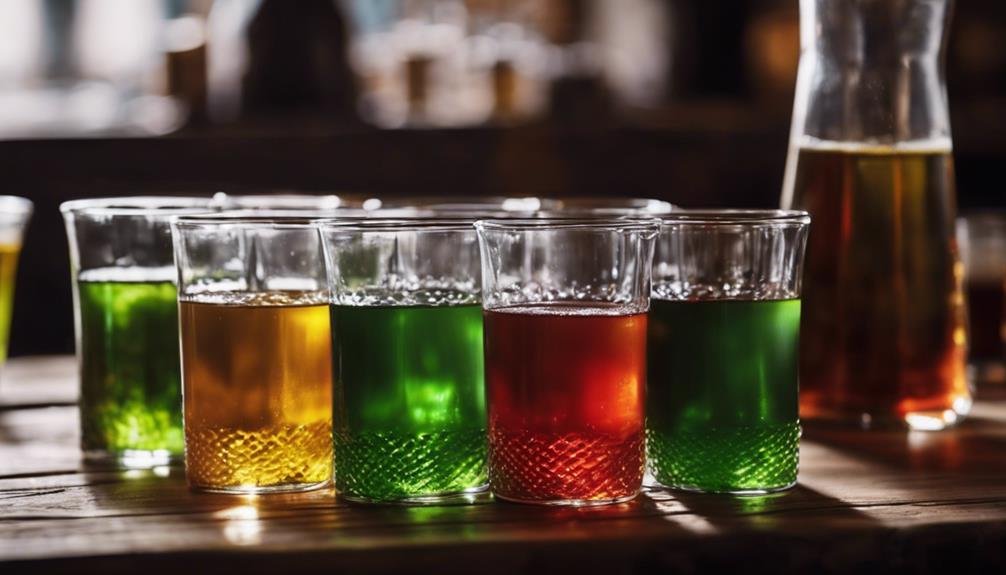
Understanding the importance of water’s purity in hard seltzer production sets the stage for exploring the diverse range of alcohol bases that shape the unique profiles of these popular beverages. When you immerse yourself into the world of fermenting seltzers, you’re met with various choices, each offering its signature twist to the flavored hard seltzer market.
Here’s a snapshot of the different alcohol bases used in hard seltzers:
| Alcohol Base | Common Characteristics | Example Brands |
|---|---|---|
| Sugar Cane Fermentation | Light, crisp taste; low to medium ABV | Most flavored hard seltzers |
| Malted Barley Seltzer | Richer, fuller flavor; unique grain undertone | Craft seltzer brands |
| Vodka-Based Hard Seltzers | Bold and strong flavors; higher ABV | High Noon |
Each base plays a pivotal role in determining the overall experience of the seltzer. Sugar cane fermentation, for example, is sought for its clean, neutral profile, which perfectly complements added flavors without overwhelming them. On the other hand, the Malted barley seltzer introduces a nuanced depth, appealing to those who desire a hint of traditional brewing in their sipping experience. Vodka-based hard seltzers stand out for their robust character, offering a spirited kick with higher alcohol by volume (ABV) percentages.
Choosing your preferred base is like embracing freedom; it’s all about finding the flavor and strength that best suits your taste and embodies your spirit of adventure.
Flavoring Secrets Unlocked
Exploring the art of flavoring, you’ll uncover that cold-soaking fruit enriches the taste and reveals a deeper, more vibrant profile in your favorite sugar-brewed hard seltzers. This technique and natural ingredients play a pivotal role in meeting the diverse hard seltzer preferences across the board. It’s no secret that the quest for a perfectly balanced drink with just the right alcohol content and flavor intensity is an art form.
In terms of flavor improvement, here are four key strategies that top brands employ:
- Cold-Soaking Fruits: This method extracts pure, concentrated flavors, adding a natural sweetness and complexity.
- Utilizing Flavored Vodka: For those seeking a stronger kick, incorporating flavored vodka offers increased alcohol content and nuanced tastes.
- Starting Small: Gradually adding flavoring ensures the final product isn’t overwhelmed, preserving the delicate balance between refreshment and taste.
- Listening to Preferences: Understanding consumer desires allows for tailored flavoring techniques that resonate with individual palates.
Market Growth Insights
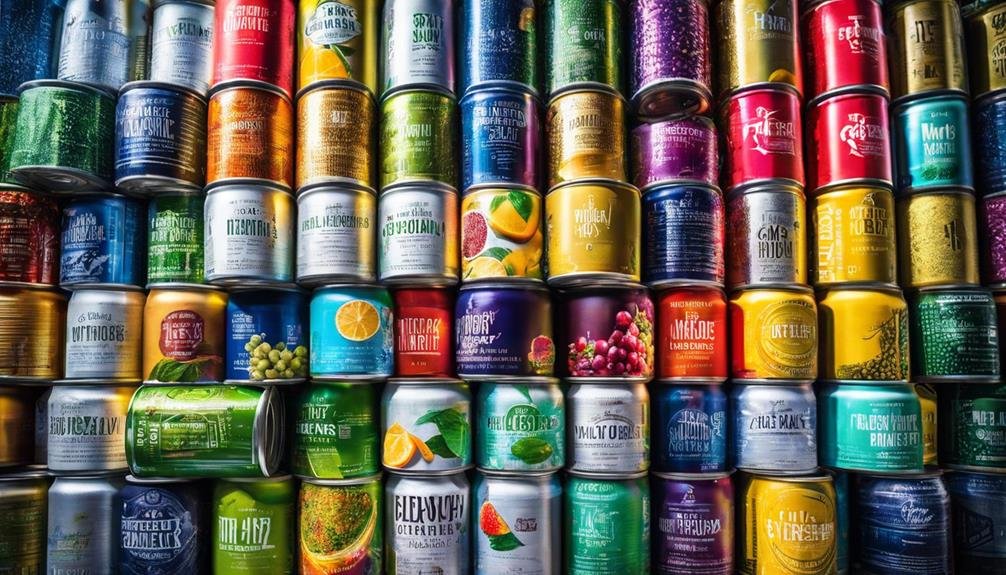
Amid the burgeoning market for canned beverages, the canned cocktails sector has seen a remarkable nearly $100 million growth in 2023, signaling a robust demand for these convenient, quality-driven drink options. You’re witnessing a seismic shift in the alcoholic seltzer market, fueled by a craving for freedom and versatility in drinking choices. The market growth of hard seltzers globally isn’t just a trend; it’s a revolution in the ready-to-drink (RTD) category.
Diving deeper, the market value of hard seltzers has skyrocketed, with industry analysts projecting an unstoppable ascent. With a forecasted market size expected to reach a staggering $942.8 million, the canned cocktails market is reshaping how you enjoy your spirited beverages. This explosive growth isn’t random; it’s the result of meticulous innovation, offering you a kaleidoscope of flavors wrapped in the convenience of a can.
As you navigate this effervescent landscape, each sip represents a blend of science and artistry designed to deliver freedom in every drop. The future of the alcoholic seltzer market is bright and tailored for those who value convenience without compromising on quality.
Frequently Asked Questions
Are Hard Seltzers Losing Popularity?
Indeed, hard seltzers have seen a decline in their popularity. Following a significant surge in demand, the market experienced a downturn as it became oversaturated and faced increased competition. Despite this, they continue to appeal to individuals looking for a low-calorie beverage option, with companies actively seeking new ways to reinvigorate consumer interest.
Why Do Millennials Like Hard Seltzer?
Millennials are drawn to hard seltzer primarily because it caters to their health-conscious lifestyle, thanks to its low-calorie and low-sugar content. Additionally, the wide range of flavors offers a variety that meets their preference for diversity, while its convenience and refreshing taste make it an ideal choice for their fast-paced, on-the-go lifestyle.
What Happened to Bon and Viv?
Bon and Viv, originally named SpikedSeltzer, underwent a rebranding by Anheuser-Busch in 2019. This refresh aimed to update its image and introduce botanical flavors, presenting a more modern appeal to stand out in the competitive hard seltzer market.
What Is the Best-Selling Hard Seltzer in the US?
The best-selling hard seltzer in the US is White Claw. This brand has taken the lead in the market with its variety of flavors and extensive availability, appealing to a broad audience through its successful combination of taste and branding.
Conclusion
Now, you’ve dived through the fascinating world of hard seltzer production, uncovering the meticulous craftsmanship behind each bubbly sip.
From the complex fermentation of sugar cane to the critical role of pure water and the diverse alcohol bases that define each brand’s unique flavor profile, your favorite hard seltzers are a product of science and art.
As the market grows, remember that every crack open you can crack demonstrates innovation and flavor engineering.
So, go ahead and savor the science in every sip.


